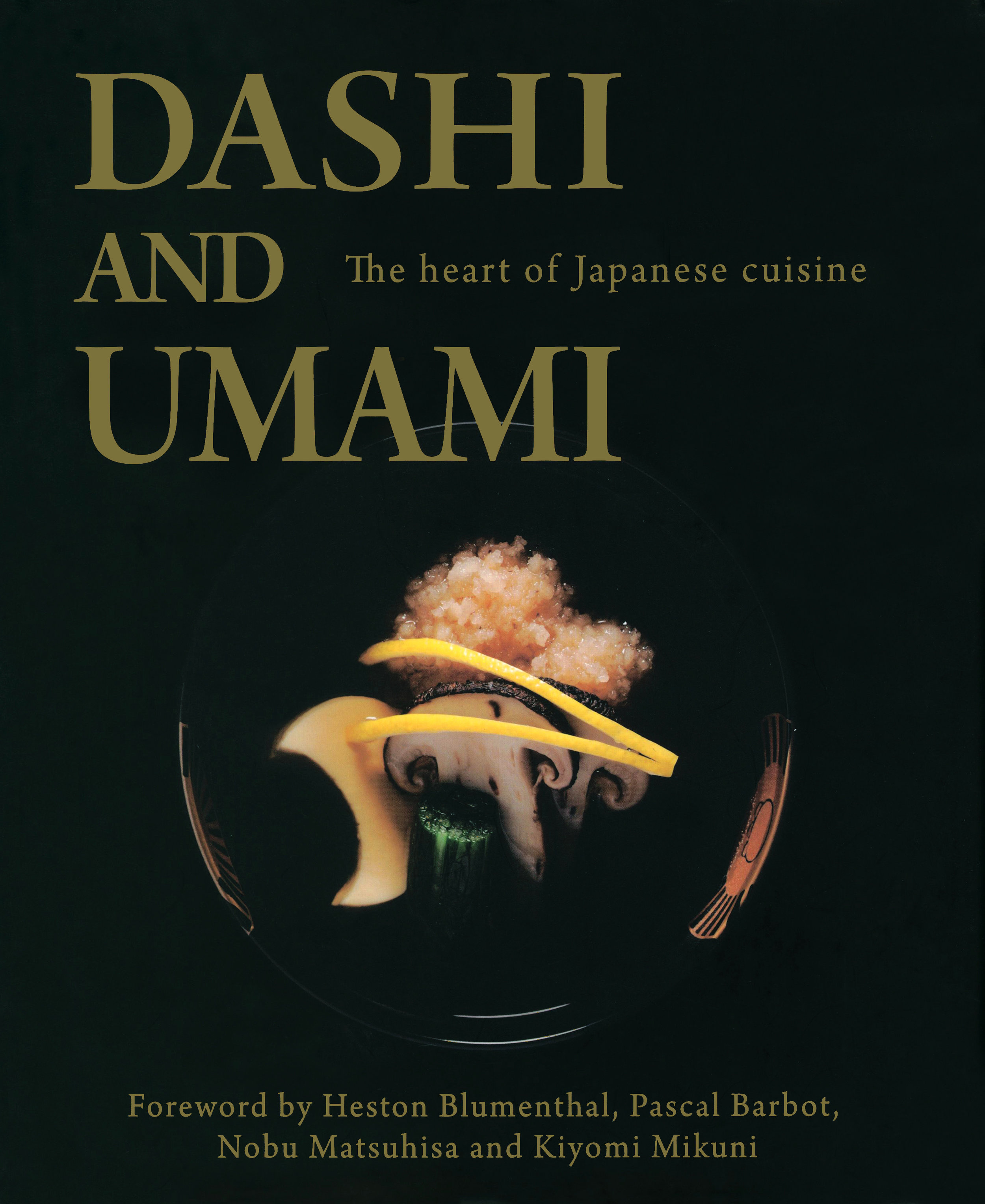
Advertisement

Lisa Gershenson
Food entrepreneur and culinary educator
https://www.cooksgazette.com/Most popular
Features & Stories

Lisa's favorite cookbooks

Authentic Mexican: Regional Cooking from the Heart of Mexico
I think his first book is his best book. It’s a great introduction to ingredients and regions and provides the cultural context for his recipes, which ALWAYS work out as described.

Classic Indian Cooking
I love Indian food and have many different volumes that focus on specific regions and styles of cooking. However, this was my first Indian cookbook and it provided me with a strong foundation based on the spices, fragrant herbs and seasonings, equipment and techniques common to Indian food.

Ready for Dessert
David Lebovitz was the pastry chef at Chez Panisse for 12 years and then abruptly moved to Paris following the death of his partner. There he continues to write books on desserts, French food and life in Paris along with maintaining his very popular blog. Although I’ve been working in professional kitchens for over 35 years, I'm not a very good baker. Every chef needs a few desserts in their repertoire that they can reliably produce. In his first book Ready for Dessert, he has recipes for pies, tarts, cookies, ice creams and more. The recipes are always reliable with instructions that are easy to follow, guaranteeing success for even the inexperienced baker.

Japanese Cooking: A Simple Art
Tsuji’s goal was not merely to present a series of recipes, but rather to teach the reader how to cook in the spirit of Japan––or as he puts it, to “lay open the heart of Japanese cuisine.” To accomplish this, the book is not organized like traditional Western cookbooks, by course or by ingredient. In the spirit of traditional Japan, it is organized by cooking methods, which is how a meal is planned.

Cooking Under Pressure
In 2011, I started to explore the book that had taken the culinary profession by storm, Modernist Cuisine by Nathan Myhrvold. I thought it was going to focus only on new techniques and ingredients, like cooking sous vide or spherification. I was surprised to learn that Myhrvold and his team at the Cooking Lab were interested in pressure cookers too. It has become an essential tool in my kitchen, always used for making stocks, soups, legumes and braises. Lorna Sass wrote what I still think is the best book on the topic, Cooking Under Pressure, first published in 1989. It’s most valuable for me not as a source of the recipes but for all her information on timing and technique.

Chinese Gastronomy
Way more than a compendium of recipes, this book explores the secret to Chinese gastronomy; “flavors should blend and textures should vary.” How to manipulate and control these elements provides the structure of the book, communicated through witty instructions to the cook. Recipes are presented to illustrate culinary principles and the goals, motives and methods of the Chinese cook.

Dashi and Umami: The Heart of Japanese cuisine
Kiyomi Mikuni, Nobu Matsuhisa, Pascal Barbot and Heston Blumenthal
Sadly, this book is now out of print so I especially hope it makes it on to the ckbk site. It covers the principles of kaiseki or refined Japanese cuisine, with an emphasis on the importance of nature, an exploration of umami and the culmination of umami in the deceptively simple stock dashi. In this spirit, recipes are organized by season as celebrated by famous kaiseki chefs.

BraveTart: Iconic American Desserts
Gathered in one volume all the classics…cookies, cakes, pies, donuts, breakfast treats…their history in the American cook’s repertoire and precise instructions on how to recreate them in your own kitchen. Besides the recipes, her instructions always include why things work, putting you in control and making success much more likely.

Jewish Cooking in America
This book is a fascinating collection of classic Ashkenazi and Sephardic recipes as they have been reinterpreted in America and adapted to local culture. Food plays a major part in family and community rituals and the kosher recipes are seasoned with Syrian, Moroccan, Greek, German, Polish, and Alsatian flavors adapted to the customs in communities from New York to California, from the Midwest to the Deep South. Besides excellent recipes, all chapters are accompanied by stories about life in Jewish communities all across America.

The New Spanish Table
Although the author was born in Soviet Russia, in the early eighties she began traveling all over Spain spending the next twenty years exploring the cuisine. She was drawn to the regional rigor, the impact of tradition and the newly celebrated creativity as Spain emerged from the repression and deprivation of the Franco years. Usually I favor books on cuisine from a specific country written by an author from the region. However, her recipes, encompassing both the traditional and the trendy, come from an extraordinary wealth of sources. She shares where she learned to prepare a particular recipe, the region it’s from and how it fits into the context of Spanish food. It’s the best book on Spanish food in my library
Advertisement
